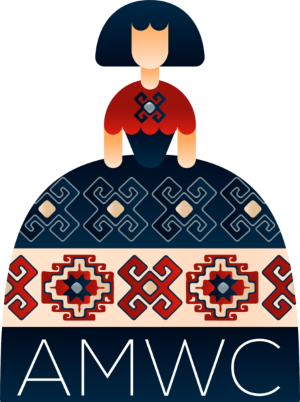| |
| |
Educational Planning and Evaluation
|
|
Educational Needs
|
The provider incorporates into CME activities the educational needs (knowledge, competence, or performance) that underlie the professional practice gaps of their own learners. (formerly Criterion 2)
|
| |
Practice gap:
Noncommunicable chronic diseases make up a large share of Armenia’s healthcare burden. WHO data for 2023 listed ischemic heart disease, Covid 19 and stroke as the top 3 causes of death. Cancer and lung disease were among the top 6 causes for males and females ref: https://data.who.int/countries/051
The estimated probability of dying from CVD, cancer, diabetes, chronic respiratory disease was 20% for Armenia in 2021. Corresponding figures were 6.9% for Republic of Korea, 10% for France, 13% the United States, 8% for Japan and 22% for Russia.
Efforts at addressing these issues include a national program aimed at tobacco control (cancer of lung and bronchus was #4 cause of death in males). Expansion of primary care is anticipated to address risk factors for coronary disease, diabetes and hypertensive disease.
WHO data for 2023 also indicate a maternal mortality ratio (per 100,000 live births) of 19.54 Armenia, compared with 11.2 for Europe overall and 17 for the USA. The MMR for most of Western European countries is below 10.
Educational needs underlying these figures include better understanding of geographic and age-related background. Armenia is experiencing a shift in the age distribution as younger ages emigrate seeking employment etc. Access to medical care varies greatly between urban and rural areas within the country. There are a number of interventions including governmental and NGO programs delivering care, training healthcare workers and modernizing infrastructure. Diasporan organizations need ready access to information about current ongoing programs so that medical aid efforts can be focused and coordinated.
Emergency services needs development and updating. These will be discussed in a separate plenary session.
An old criticism of the Armenian healthcare system is that there is an oversupply of undertrained physicians who received minimal patient contact during training. Continuing medical education is addressed in several of the other Congress sessions.
|
|
Designed to Change
|
The provider generates activities/educational interventions that are designed to change competence, performance, or patient outcomes as described in its mission statement. (formerly Criterion 3)
|
| |
Objectives:
- Describe management recommendations for Armenia in the areas of acute MI management, stroke management, cancer management, respiratory disease management and maternal/perinatal health.
- Prioritize these recommendations in discussion with the Ministry of Health of Armenia.
- Assess the efforts of Diasporan organizations dealing with these health issues, and facilitate collaboration
- Form new partnerships among Diasporan organizations to more effectively address these health issues. (see Expected Results, below)
|
|
Appropriate Formats
|
The provider chooses educational formats for activities/interventions that are appropriate for the setting, objectives, and desired results of the activity. (formerly Criterion 5)
|
| |
Format: Individual sessions, predominantly roundtable format, will take place prior to the plenary session. These will run concurrently for one hour 15 minutes and address challenges in AMI, stroke, cancer, respiratory disease and maternal/perinatal health. Following this, a 2 hour moderated session will be held to present recommendations from each of these areas. (Total time 3 hours, 15 minutes)
Real time translation between English, French, Spanish, Armenian (and possibly Russian) will be available during the discussions. See https://polyglotte.am
|
|
Competencies
|
The provider develops activities/educational interventions in the context of desirable physician attributes (competencies). (formerly Criterion 6)
|
| |
Desirable physician attributes: systems-based practice, interdisciplinary teams, employ evidence-based practice , utilize informatics
|
|
Analyzes Change
|
The provider analyzes changes in learners (competence, performance, or patient outcomes) achieved as a result of the overall program's activities/educational interventions. (formerly Criterion 11)
|
| |
Anticipated results: Obviously we want the learners to develop new skills and abilities. In past congresses, we would simply assess self-rated increase in competence through a questionnaire. Over the years however, we began to feel that the patient skills were not necessarily translate into improved healthcare in Armenia. For this reason, we are focusing this Congress on collaboration, connection, cooperation (we call it the “C” suite, see https://amicnow.org/270 )
To that end, we are measuring new collaborations and partnerships formed as a result of the AMIC joint sessions, 5 plenary sessions, and other activities presented during the Congress. Forming these collaborations has potential to represent a performance measure, and patient care delivered as result of these collaborations has potential to represent an outcomes measure.
|
|

